
| Recorded by: David George, Jeff Niznik on 2025-04-05
Chatham Co.
Comment: | 
| Recorded by: David George, Jeff Niznik, Rich Teper on 2025-03-28
Chatham Co.
Comment: |

| Recorded by: David George, Jeff Niznik on 2024-04-01
Chatham Co.
Comment: | 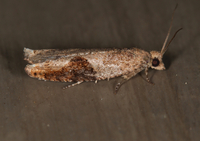
| Recorded by: Jim Petranka on 2024-03-30
Madison Co.
Comment: |
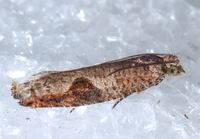
| Recorded by: John Petranka on 2024-03-26
Alleghany Co.
Comment: | 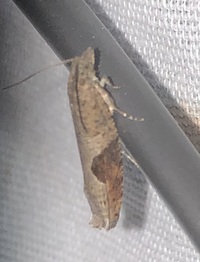
| Recorded by: B. Bockhahn on 2024-03-05
Buncombe Co.
Comment: |
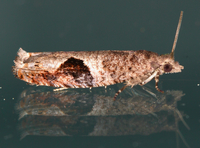
| Recorded by: Jim Petranka on 2023-03-06
Madison Co.
Comment: | 
| Recorded by: tom ward on 2022-03-06
Buncombe Co.
Comment: |
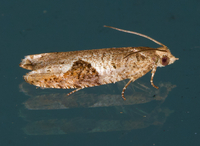
| Recorded by: Jim Petranka on 2021-04-10
Madison Co.
Comment: | 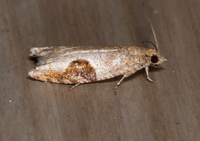
| Recorded by: Jim Petranka on 2021-04-05
Madison Co.
Comment: |

| Recorded by: Jim Petranka on 2021-04-05
Madison Co.
Comment: | 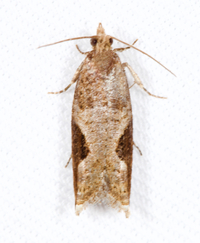
| Recorded by: Jim Petranka on 2021-03-22
Madison Co.
Comment: |

| Recorded by: Jim Petranka on 2021-03-22
Madison Co.
Comment: | 
| Recorded by: Jim Petranka on 2021-03-12
Madison Co.
Comment: |
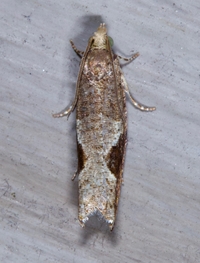
| Recorded by: Jim Petranka and Becky Elkin on 2020-04-07
Madison Co.
Comment: | 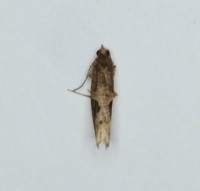
| Recorded by: Gary Maness on 2020-04-03
Guilford Co.
Comment: |

| Recorded by: Gary Maness on 2020-04-03
Guilford Co.
Comment: | 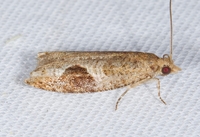
| Recorded by: Jim Petranka and Becky Elkin on 2020-03-30
Madison Co.
Comment: |
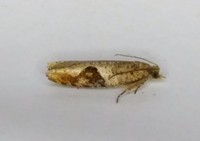
| Recorded by: Gary Maness on 2020-03-28
Guilford Co.
Comment: | 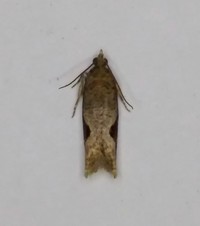
| Recorded by: Gary Maness on 2020-03-28
Guilford Co.
Comment: |

| Recorded by: Jim Petranka and Becky Elkin on 2020-03-19
Madison Co.
Comment: | 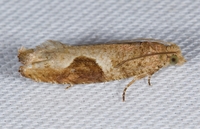
| Recorded by: Jim Petranka and Becky Elkin on 2020-03-13
Madison Co.
Comment: |
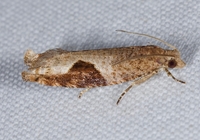
| Recorded by: Jim Petranka and Becky Elkin on 2020-03-10
Madison Co.
Comment: | 
| Recorded by: Jim Petranka and Becky Elkin on 2020-03-10
Madison Co.
Comment: |

| Recorded by: Jim Petranka and Becky Elkin on 2020-03-10
Madison Co.
Comment: | 
| Recorded by: Jim Petranka on 2019-04-09
Madison Co.
Comment: |
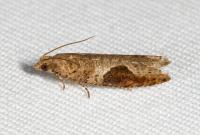
| Recorded by: Jim Petranka on 2019-04-09
Madison Co.
Comment: | 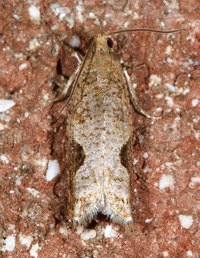
| Recorded by: Jim Petranka and Becky Elkin on 2019-04-05
Madison Co.
Comment: |

| Recorded by: Jim Petranka and Becky Elkin on 2019-04-05
Madison Co.
Comment: | 
| Recorded by: T. DeSantis on 2014-03-29
Durham Co.
Comment: |
|

 »
»


























